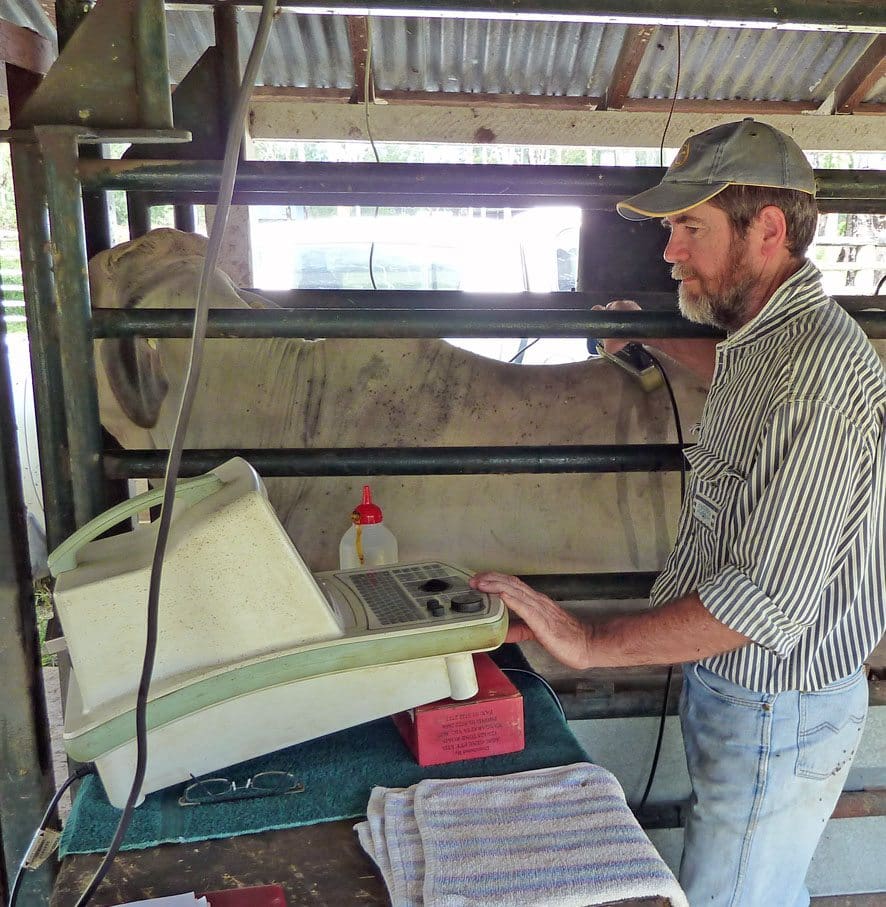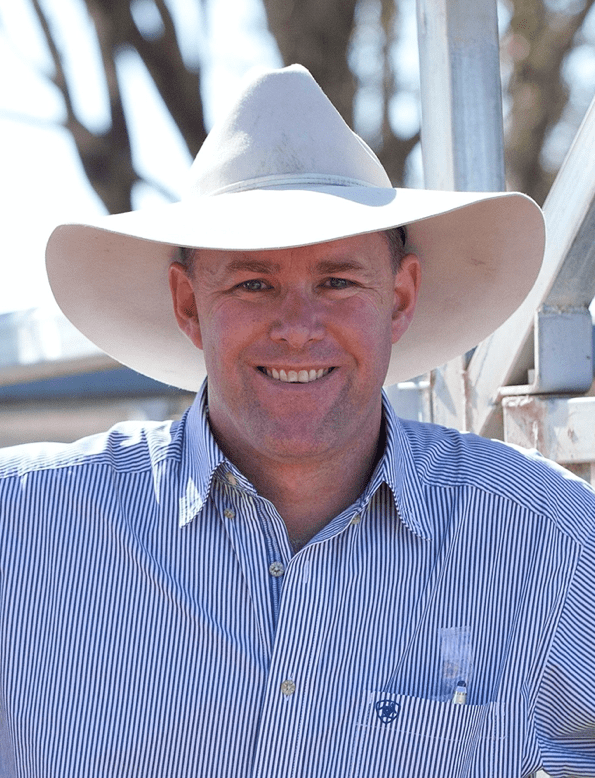SELECTION for improvement within a beef herd or a breed is dependent on several factors.
The first is to have access to information which allows an individual producer to assess where the upper and lower levels of performance are within a chosen group of animals. In its simplest form, the information may be as basic as a visual observation of a group of animals. At the other end of the scale, the information may include visual observations, performance, and genotypic data.
 The intent in this process is to identify the animals which have displayed the highest level of genetic and phenotypic merit for the chosen traits and to retain these as the focus for breeding and improved performance. Increasing the amount of information helps increase both the accuracy and confidence a producer will have in their choices.
The intent in this process is to identify the animals which have displayed the highest level of genetic and phenotypic merit for the chosen traits and to retain these as the focus for breeding and improved performance. Increasing the amount of information helps increase both the accuracy and confidence a producer will have in their choices.
Even at the basic level where producers may select cattle visually, it’s very rare for this to be the only source of information. Invariably there will be a sheet of paper that may have weaning weights and often some background history such as a heifer’s calf, a late calf as a result of longer calving or other pieces of information that help interpret the visual assessment taking place.
In many cases, this approach is part of normal assessment practice and selection, such as when producers may be considering which heifers will be retained for joining.
When it comes to bull selection, a greater amount of information is required to make accurate decisions. Again, the level of information that can be provided to guide a selection decision on a bull ranges from raw data and visual selection through to the inclusion of performance and genotype information.
Questions about EMA scanning
Some recent reader feedback to Beef Central raised questions about the collection of some of this information, and the value that it may offer to producers or seedstock breeders. One of the key questions raised was the value of data collected and provided at sale time for the Eye Muscle Area (EMA) of bulls in several breeds.
In the experience of the producer who made contact, there was a feeling that EMA data had increased by 30sq cm in a ten-year period. The question being, that this was perhaps related to scanning and not actual genetic improvement. If this was the case, the producers concern focussed on the value of that data to buyers and its usefulness in selection decisions.
The challenge with using data is firstly to understand what the data is describing. As red meat producers, there is a desire to increase the amount of saleable red meat from every animal sold.
Selection for a greater EMA size, which is measured in square centimetres, is a focus for many producers. Identifying animals with larger EMAs is possible and can be done in several ways.
Information that is provided direct from an ultrasound scan – raw data – needs to be used with some caution
At the very basic level, there is a visual selection of the muscle volume an animal (or its progeny) display. However, the widespread use of ultrasound scanning has allowed almost all bull breeders to be able to collect and provide data to prospective clients on this trait as well as using the data to contribute to performance recoding programs and enhancement of Estimated Breed Values.
Information that is provided direct from an ultrasound scan – raw data – in other words needs to be used with some caution. The level of caution needs to be increased in some circumstances, in particular at events such as multi-vendor sales.
Raw data is just that. It is data that has been collected on an animal at a single point in time. That data reflects both the animal’s genetic potential and the environmental conditions to which the animal has been raised in.
Separating the major influences (genetics or environment) behind a set of raw data is practically impossible to do in the field or at a sale. Aside from these two major drivers, there are additional influences on the raw results ranging from the age of the animal to its actual weight. Raw data may provide a point of comparison against two bulls in a pen. But to estimate their genetic merit and the contribution they may make to a herd, much less useful.
The additional risk, particularly at a multi-vendor sale or other event using raw data alone, is this data many not actually represent what is happening across a breed.
Increased sizes, or weights at a sale over a period of years, doesn’t actually mean that the breed as a whole is increasing (or decreasing) in those traits. There may well be other localised factors at play that impact trends being observed.
Again, these factors can range from environmental issues (such as season in the local area) to something as simple as a new vendor attending with a larger offering and a different phenotype, which can alter the average of the sales raw data.
In some cases, the change in EMA could even be due to raw data collected at a different site on the eye muscle, or by a different scanning practitioner, such as the 10/11th rib rather than over the 12/13th rib. Again, without knowing these details, making an assumption about a trend is not as valid as may first have been considered.
It is in these circumstances that performance records, and particularly BreedPlan EBVs become more useful. While they cannot be used to compare between the breeds that may be offered at a multi-vendor sale, within the breeds themselves, a comparison is possible.
BreedPlan EBVs are standardised at the 12/13th rib for a standardised Hot Standard Carcase Weight (HSCW) measured at 650 days of age. In terms of selection, the aim is to find an animal with greater genetic merit and to use it for herd improvement. In the case of EMA, the intent is to improve future progeny, so genetic merit, as described by an EBV, will is more useful than the raw data of the bulls EMA at sale time.
Ultrasound scanning has proven incredibly useful in identifying animals and collecting data to underpin successful selection. However raw data, whether it is collected by weighing an animal or scanning to assess EMA or fatness, is less useful in making longer term herd improvement decisions.
Raw data should be seen for what it is, a measurement at a point in time of that animal.
While it is easy to ask if bull buyers or breeders are obtaining the right information, perhaps a better question should be “are breeders using information the right way?”
 Alastair Rayner is the Principal of RaynerAg, an agricultural advisory service based in NSW. RaynerAg is affiliated with BJA Stock & Station Agents. He regularly lists and sell cattle for clients as well attending bull sales to support client purchases. Alastair provides pre-sale selections and classifications for seedstock producers in NSW, Qld, and Victoria. He can be contacted here or through his website www.raynerag.com.au
Alastair Rayner is the Principal of RaynerAg, an agricultural advisory service based in NSW. RaynerAg is affiliated with BJA Stock & Station Agents. He regularly lists and sell cattle for clients as well attending bull sales to support client purchases. Alastair provides pre-sale selections and classifications for seedstock producers in NSW, Qld, and Victoria. He can be contacted here or through his website www.raynerag.com.au
